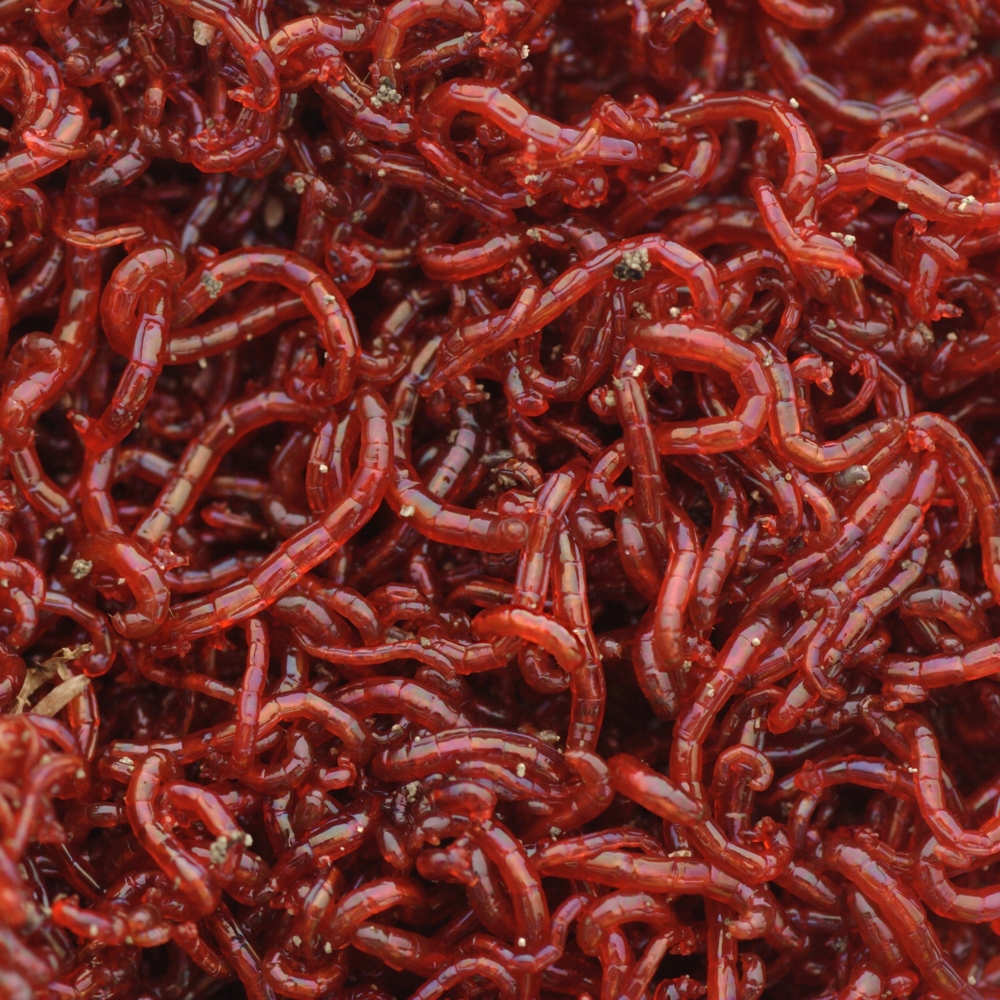Red worms: For sustainable soil care
Red worms: For sustainable soil care
Blog Article
Red Wigglers: Your Eco-Friendly Remedy for a Greener Garden
Red wigglers, or Eisenia fetida, provide a sustainable method to boosting garden health with vermicomposting. By incorporating red wigglers right into your horticulture techniques, you can effectively manage waste while nurturing a dynamic environment.
(Lake James Bait)
What Are Red Wigglers?
Although typically mistaken for regular earthworms, red wigglers (Eisenia fetida) are a distinct varieties known for their performance in composting organic issue. These worms prosper in rich, natural environments, such as garden compost piles and vermicomposting systems, where they play a crucial function in breaking down waste. Unlike their even more typical counterparts, red wigglers choose a warmer habitat, normally in between 55 ° F and 77 ° F, which optimizes their activity and performance.
Red wigglers are identified by their reddish-brown coloration and segmented bodies, which can mature to 4 inches in size. They have an one-of-a-kind ability to eat and absorb natural materials at a remarkable rate, refining as much as half their body weight daily. This rapid decay procedure not only enhances the dirt but likewise adds to the overall wellness of the yard community.
In regards to recreation, red wigglers are respected, efficient in creating cocoons that contain several eggs. This permits fast population growth, making them a suitable choice for composting endeavors. Their versatility and ravenous cravings for organic waste placement red wigglers as an important ally for eco aware garden enthusiasts seeking sustainable methods.
Benefits of Utilizing Red Wigglers
Making use of red wigglers in the yard supplies numerous advantages that enhance both soil high quality and plant health. These earthworms are outstanding decomposers, damaging down natural issue such as cooking area scraps and backyard waste right into nutrient-rich spreadings. These spreadings, often described as "worm gold," provide important nutrients that improve soil fertility, promoting lively plant development.
Red wigglers also boost soil structure. The visibility of red wigglers enhances microbial activity in the dirt, producing a prospering environment that contributes to condition resistance and enhanced plant health.
One more significant benefit of making use of red wigglers is their ability to minimize waste. In recap, integrating red wigglers into gardening practices yields significant benefits, making them a useful enhancement to any eco-conscious garden.
(Red Wiggler Express Hickory NC)
Just How to Beginning Vermicomposting
To begin vermicomposting, it's necessary to produce a suitable setting for red wigglers to prosper, as their success straight affects the effectiveness of the composting procedure. Beginning by choosing a container, such as a plastic or wooden bin, with ample water drainage and ventilation. A size of about 2 square feet is excellent for a house, permitting a workable worm population.
Following, prepare bed linen material that is wet however not overly damp. Shredded newspaper, cardboard, and coconut coir are excellent selections, supplying a comfortable environment while likewise working next page as a carbon source. Load the bin with 4 to 6 inches of bedding.
After developing the bedding, present your red wigglers. A common beginning population has to do with 1 extra pound of worms, which can consume roughly half a pound of food scraps daily. It is vital to include food scraps slowly, focusing on veggie peelings, fruit waste, and coffee grounds, while staying clear of meat, dairy, and oily foods to stop odors.
Keeping a Healthy Worm Container
Once your red wigglers are cleared up right into their new bed linens, maintaining a healthy and balanced worm bin comes to be paramount to make sure ideal composting problems. The main factors to keep an eye on consist of dampness, temperature, and aeration. Ideally, the worm container should be maintained moist however not soggy; a moisture level around 60-70% is ideal. To attain this, frequently examine the bedding and add water as required, while also making use of completely dry materials such as shredded paper to absorb excess wetness.
Temperature control is equally important. Red wigglers flourish in environments between 55 ° F and 77 ° F(13 ° C to 25 ° C) Prevent subjecting the bin to extreme temperature levels; severe warm can kill the worms, while excessive cold can reduce their task.
Aeration is essential to stop anaerobic conditions, which can lead to undesirable odors and harm the worms. Transform the bedding delicately every couple of weeks to promote airflow and disperse food uniformly.
Feeding your red wigglers is another critical facet. Offer a balanced diet regimen of kitchen area scraps, avoiding citrus and spicy foods, which can be destructive to their health and wellness. By frequently keeping track of these factors, you can ensure a growing environment within your worm container.

Tips for Using Worm Castings
Regularly integrating worm spreadings into your yard can significantly improve dirt health and plant growth. To effectively use worm spreadings, begin by figuring out the ideal application rate, which normally varies from 10-20% of the total soil quantity. This ensures optimal nutrient accessibility without frustrating your plants.
When applying worm castings, blend them into the top couple of inches of dirt around established plants or incorporate them into your seed-starting mix for brand-new seed startings. This practice promotes root advancement and enhances dampness retention. Additionally, consider producing a worm tea by steeping worm spreadings in water for 24-48 hours. This nutrient-rich fluid can be made use of as a foliar spray or soil soak, supplying an instantaneous increase to your plants.

Final Thought
The utilization of red wigglers in horticulture methods presents a lasting method to throw away administration and soil enrichment. These composting worms not just convert natural waste into useful nutrients yet likewise enhance soil framework and promote a healthy and balanced microbial environment. By adopting vermicomposting methods, garden enthusiasts can successfully add to environmental sustainability while boosting plant health and wellness. The assimilation of red wigglers into horticulture regimens eventually sustains both ecological balance and farming performance.
Report this page